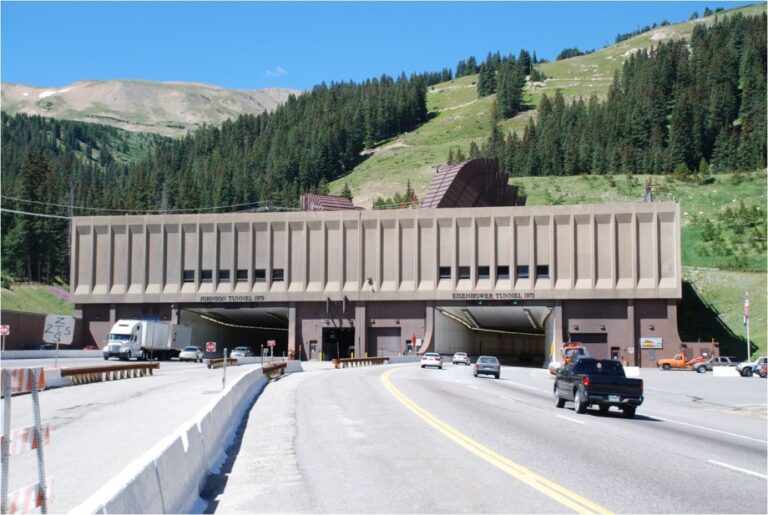 Add My Company
Add My Company
Sign In

For more information on Benefits of Tunnel Emission Monitoring A Breath of Fresh Air talk to Codel International Ltd
Enquire Now
More News
List your company on FindTheNeedle.



